
Kitano Meister Garden, located in Kitano, one of Kobe's most popular tourist spots, has several workshops where you can try your hand at making Kobe brand crafts and foods.
Just walking along the nostalgic corridors in this building, which was once an elementary school, will heighten the pleasures of your visit.
Great photo spots all around Kitano Meister Garden!
The Kitano Meister Garden was opened in 1998 to promote Kobe brands and advertise the high skills of local artisans. For that purpose the closed Kobe City Kitano Elementary School was renovated. The concept behind it was to preserve the vestiges of the school to create a retro atmosphere ideal for taking photos.
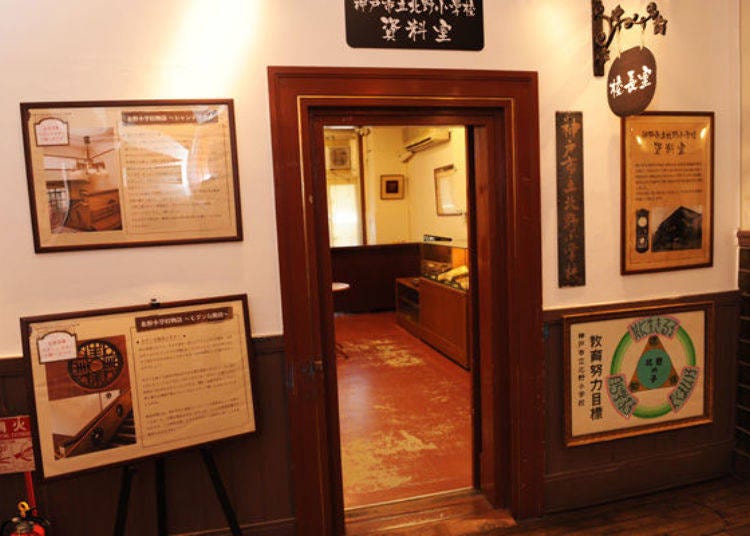

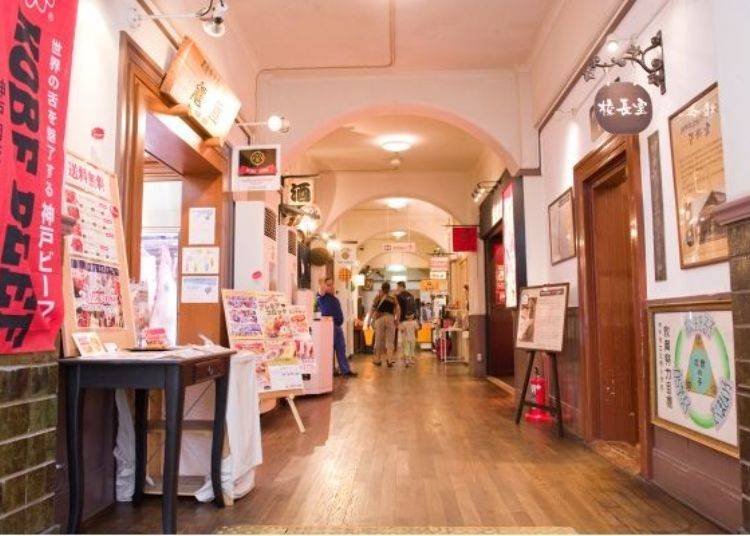

First try your hand at making pork buns, the Soul Food of Kobe
Of the twenty shops located here, you can try your hand at making things in eleven of them. Pork buns are one of the soul foods of Kobe and popular in Kobe Chinatown. Here you can learn how to make them.

I visited the Kobe Nankin-machi Kouran on the first floor to try my hand at making pork buns. The main store is a Dim Sum shop located in Nankin-machi, Kobe's Chinatown that uses domestically produced pork and onions produced in Hyogo Prefecture and domestic ingredients as much as possible when making the Paoko pork buns by hand (700 yen for a package of three, tax included) which are highly popular.
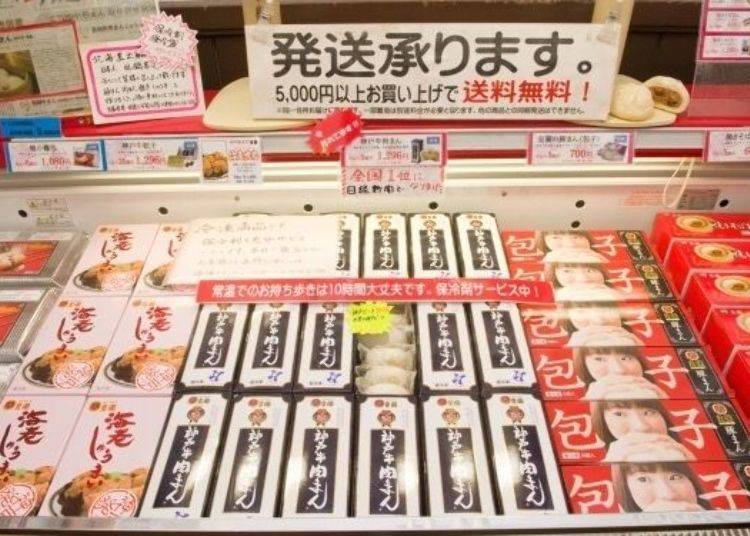
The pork buns you can make in the workshop are different from the richly flavored Paoko and have a plainer taste. Part of the fun is being able to eat the specially flavored pork buns that you yourself make. So without further ado, let’s begin!
I have often made gyoza [dumplings] but this was the first time for me to try making a pork bun. I didn’t have much confidence. First you need to stretch the dough.Place the dough in the palm of your hand and gradually extend it using the base of your thumb. Be careful not to tear the central bottom part and keep it a bit thicker than the rest because the ingredients will be placed here.

Next place your thumb on top of the ingredients on top of the dough and then use your index finger to fold the dough over the ingredients towards your thumb to envelop them.

The main point to be careful of is to not move your thumb but to keep it in a fixed position during that. This is different than when making gyoza as only the index finger is used, so this was a bit more difficult!
After the dough has been folded a bit, rotate it in the hand in which you are holding it and at the same time use your index finger to completely envelope the ingredients. If it appears that the ingredients may overflow when doing this, use your thumb to keep them pressed in. The most difficult aspect of the process is doing three things at the same time.




I was eager to eat the steaming, hot pork buns I had made with such loving care! Despite its appearance, it was unmistakably delicious! The flavor, only to be tasted in this workshop, was a perfect blend of pork, sweet onions, and secret seasonings. I could eat these all day.


In addition to the Pork Bun Experience Course that I did (30 minutes, 1,380 yen including tax) there is also the Original Pork Bun Experience Course (40 minutes, 1,680 yen including tax) in which you can also put pictures on the pork buns (when there are two or more participants. For a group of 6 or fewer reservation needs to be made by noon the previous day; if there will be 7 or more participants, reservations need to be made a week in advance.)

-
Kobe Nankin-machi Kouran Kitano Meister Garden神戸南京町 皇蘭 北野工房のまち店
- Address 3-17-1 Nakayamatedori, Chuo-ku, Kobe City
- Phone Number 078-221-1569
Open: 9:30 a.m. ~ 6:00 p.m.
Closed: unscheduled, end and beginning of year (December 27 ~ January 2)
Traditional Hyogo Prefecture crafts: make beautiful-looking Japanese candles by hand!
Next, in order to experience Japanese candle making, I visited the Warosoku Kobe Matsumoto Store on the second floor.

Japanese candles are one of the traditional crafts of Hyogo Prefecture. Matsumoto Shoten, headquartered in Nishinomiya, has been manufacturing and selling Japanese candles mainly using the tallow from the haze [Japanese wax tree] nut in exactly the same way since the Edo era.


The Making a Japanese Candle by Hand and Painting It Experience (60 minutes, 1,512 yen including tax) begins with the final process and then painting of it. The final process is coating the surface of the prepared candle core with Japan tallow that has been squeezed from Japanese wax tree nuts. The tallow at the time of the finishing is harder than when it was being prepared and as a result, when the candle is lit, there is less melted wax running down it.
Put the wax on the palm of your left hand and then apply it while slowly rotating the skewer with your right hand.

Apply the wax to the entire candle while firmly grasping it with your left hand as you move it back and forth. The temperature of the wax is about 40 degrees. The wax will harden more quickly than you might think, so you will need to work quickly.
Once the candle has been made the next step is to paint it. You can select a candle in the shop to use as a model. I selected the one with the motif of the Kobe Port Tower. You may of course paint your own original design if you like.

I’m not very good at drawing pictures, but nevertheless I had fun doggedly adding the design. It was a refreshing experience concentrating hard on doing something after a long time of not having to do so.

There are ten different types of experiences you can do at this shop, such as the Painting a Japanese Candle and Nioibukuro [sachet] Experience (1 hour, 2,160 yen tax included) and the Painting a Candle that Changes Color Experience (30 minutes, 1,944 yen tax included). When you do one of these experiences you can buy a candle stand that normally costs 1,080 yen (tax included) for only 700 yen (tax included)!
If there is space available you do not need to make a reservation, but at one time the workshop can accommodate up to only 9 people, so it is better to make a reservation in advance (reservations are required for groups of 10 or more).
-
Warosoku Kobe Matsumoto Store和ろうそくkobe 松本商店
- Address 3-17-1 Nakayamatedori, Chuo-ku, Kobe City, Kitano Meister Garden 2F
- Phone Number 078-221-1148
Open: 9:30 a.m. ~ 6:00 p.m.
Closed: unscheduled, end and beginning of year (December 27 ~ January 2)
Check out the Kobe souvenirs on Craft Street
The last thing I did after completing the second experience was to look for Kobe craft souvenirs on the second floor Craft Street. I visited the Kobe INK Monogatari by NAGASAWA, which has a large selection of quality stationery items, and the Matchibo [Match Stick], an antenna shop operated by the Japan Match Manufacturers' Association that has its headquarters in Hyogo Prefecture.
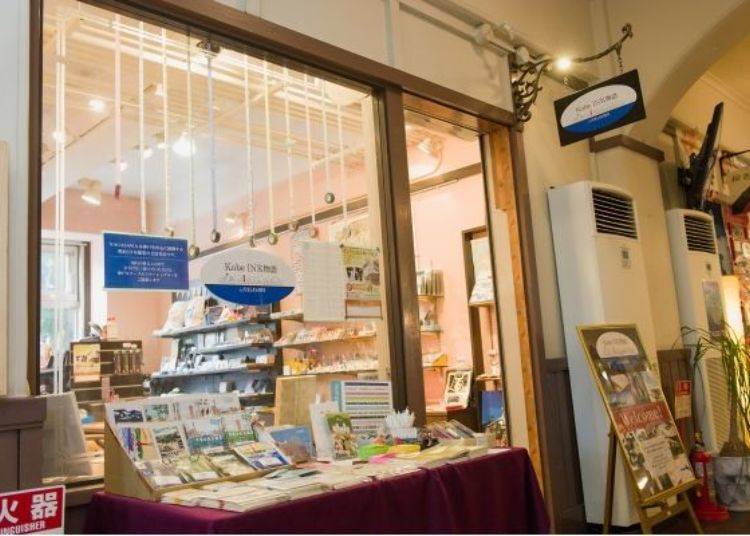
NAGASAWA, with its main shop in the Sannomiya Center Gai Shopping Street, is a well-established stationery shop that also offers original stationery having a Kobe motif. Here you can find a large selection of inks for use in fountain pens and glass pens.
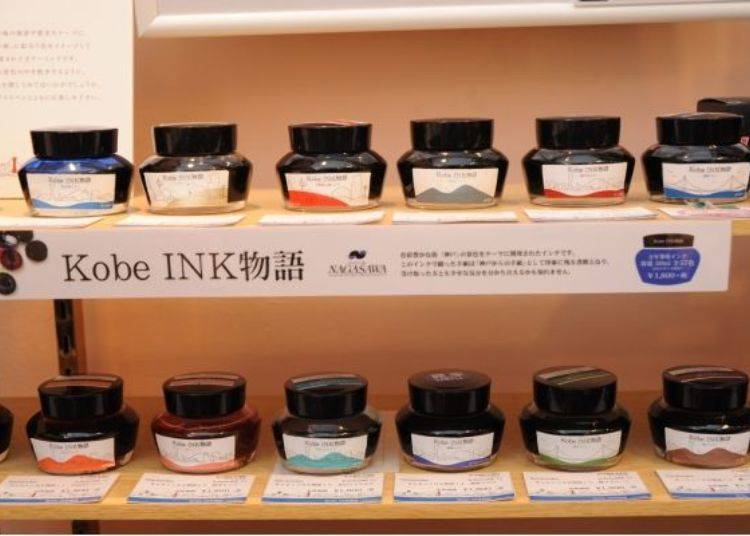



The interior of Matchibo is filled with retro match boxes and original matches and just looking at them is enjoyable. Incidentally, about 90% of the matches distributed throughout Japan are manufactured in Hyogo Prefecture.


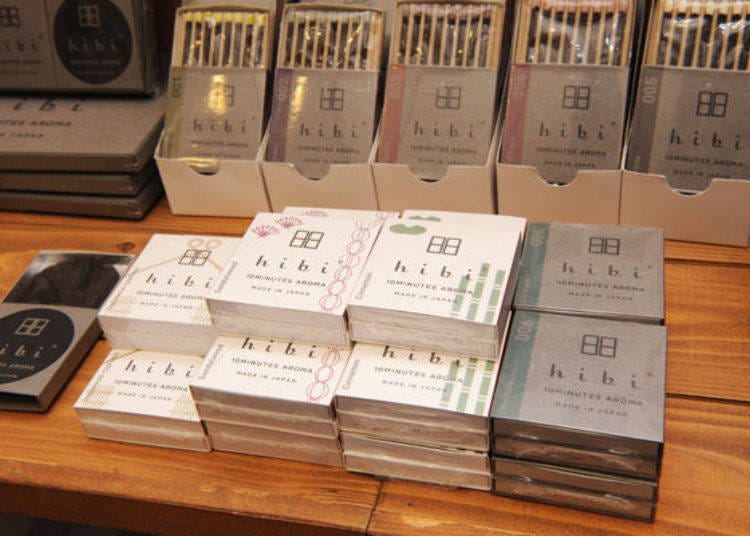
There are many other shops handling Kobe handicrafts such as the First Picture, a Kobe leather shop famous for its shoes and bags that sells leather accessories, and the popular Pearl A&S that crafts casual pearl accessories.
I had not done any crafts for a long time. These enjoyable experiences of making crafts in the setting of an old elementary school brought back memories of childhood. Buy, eat, and experience. The Kitano Meister Garden is full of Kobe attractions and here you are certain to find Kobe souvenirs perfectly suited to you.
-
Kitano Meister Garden北野工房のまち
- Address 3-17-1 Nakayamatedori, Chuo-ku, Kobe City, Hyogo Prefecture
- Phone Number 078-221-6868
Open: 9:30 a.m. ~ 6:00 p.m.
Admission fee: free
Closed: unscheduled, end and beginning of year (December 27 ~ January 2)
Text by:kurashisa
- Area
- Category
*Prices and options mentioned are subject to change.
*Unless stated otherwise, all prices include tax.
Popular Tours & Activitiess
Recommended places for you
-

Kambei Sannomiyahonten
Yakiniku
Kobe, Sannomiya, Kitano
-
Coupons

Puppy Café Rio Kyoto
Culture Experience
Gion, Kawaramachi, Kiyomizu-dera Temple
-

Jukuseiniku-to Namamottsuarera Nikubaru Italian Nikutaria Sannomiya
Izakaya
Kobe, Sannomiya, Kitano
-

ISHIDAYA Hanare
Yakiniku
Kobe, Sannomiya, Kitano
-
Goods

Yoshida Gennojo-Roho Kyoto Buddhist Altars
Gift Shops
Nijo Castle, Kyoto Imperial Palace
-
Events

kimono rental botan
Culture Experience
Shinsekai, Tennouji, Tsuruhashi
-
Ad

Recharge and Relax with a Healing Getaway at Kamenoi Hotel Toba
-
Ad

Café Bahnhof in Osaka: The home-roasted coffee that captivated G20 leaders!
-

Kyoto's Hidden Treasures Open This Winter! Enjoy Exclusive Access to 15 Rare Cultural Sites (Jan-Mar 2026)
by: Guest Contributor
-

November Events in Kansai: Fun Festivals, Food, and Things to Do in Kyoto & Osaka
-

Everything You Need to Know About teamLab Biovortex Kyoto (2025 Insider Guide)
by: Wemmy Chau
-
Ad

Experiencing Manga as Culture, Not Just Reading It: Expo 2025 with Rumiko Takahashi
Inspiration for Accommodations
-

Spacious Family Hotel in Namba: 20 Comfortable Stays for Family Fun
-

Charming Hotels to Enjoy the Spectacular Views of Arashiyama's Autumn Leaves from Your Room
-

Experience Stunning Views of Osaka Castle from Private Spaces: Top Hotels Near Osaka Castle
-

Recommended by Visitors! Arashiyama's Best-Rated Hotels
-

Family-Friendly Universal Studios Japan Hotel with Excellent Access
-

Enjoy a Comfortable Stay in Osaka! 10 Hotels with Convenient Airport Shuttle Services
-

Top 10 Recommended Hotels Near Namba Station with Great Access
-

Enjoy Night Views from Your Room! Recommended Hotels in Namba Area
-

Kyoto in Bloom: Enjoying Fun Rickshaw Rides & Scenic Train Trips
by: Miyu Shimada
-

Kyoto Sightseeing Day Tour: Get the Most Out Of Kyoto's Scenic Areas With This Guide!
-

5 Must-Visit Nara Temples and Shrines: Discover the Timeless Beauty of Japan's Ancient Capital
by: WESTPLAN
-

JR Edition: Visit all of Tokyo in one Day with the Tokyo Metropolitan District Pass!
-

Inside Kobe Tower: Fun Things to Do at the Symbol of Kobe
-

1-Day Kyoto Foodie Itinerary: A Guide to Sampling the Best of Kyoto's Cuisine
- #best gourmet Osaka
- #things to do Osaka
- #what to do in kyoto
- #what to bring to japan
- #best gourmet Kyoto
- #new years in Osaka
- #what to buy in nanba
- #Visiting Osaka
- #onsen tattoo friendly arima
- #daiso
- #Visiting Kyoto
- #best japanese soft drinks
- #japanese fashion culture
- #japanese convenience store snacks
- #japanese nail trends












